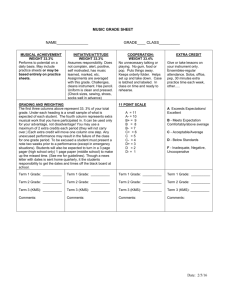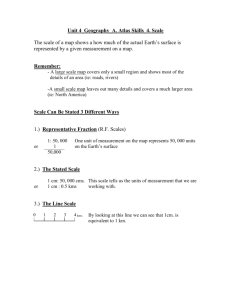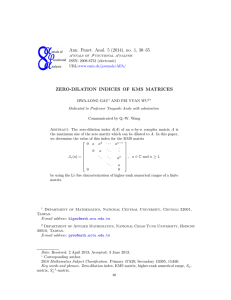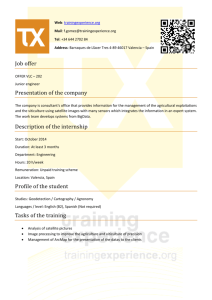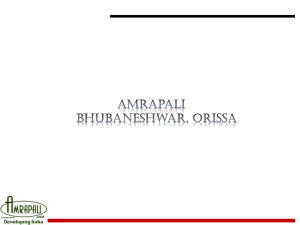Knowledge Management for the Applied ... Craig McDonald, Wai Keung Pun & John Weckert
advertisement
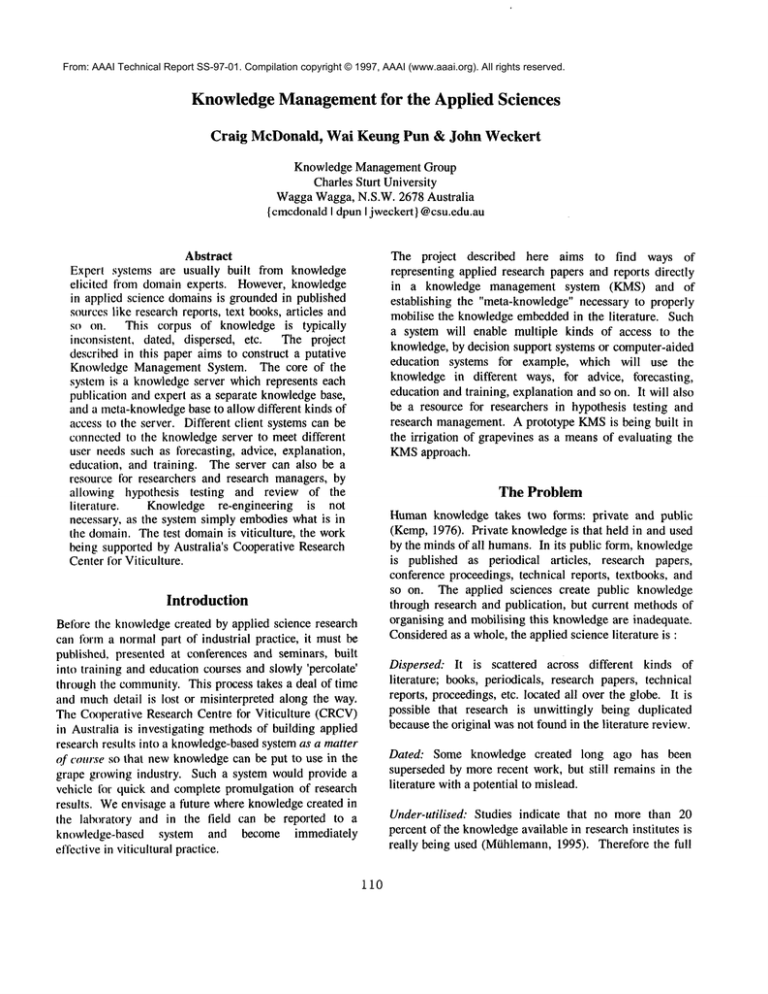
From: AAAI Technical Report SS-97-01. Compilation copyright © 1997, AAAI (www.aaai.org). All rights reserved.
Knowledge Management for the Applied Sciences
Craig McDonald, Wai Keung Pun & John Weckert
Knowledge Management Group
Charles Sturt University
WaggaWagga, N.S.W. 2678 Australia
{ cmcdonaldI dpunI jweckert } @csu.edu.au
Abstract
Expert systems are usually built from knowledge
elicited from domain experts. However, knowledge
in applied science domainsis grounded in published
sources like research reports, text books, articles and
so on. This corpus of knowledge is typically
inconsistent, dated, dispersed, etc. The project
described in this paper aims to construct a putative
Knowledge Management System. The core of the
system is a knowledgeserver which represents each
publication and expert as a separate knowledgebase,
and a meta-knowledgebase to allow different kinds of
access to the server. Different client systems can be
connected to the knowledgeserver to meet different
user needs such as forecasting, advice, explanation,
education, and training. The server can also be a
resource lbr researchers and research managers, by
allowing hypothesis testing and review of the
literature.
Knowledge re-engineering is not
necessary, as the system simply embodies what is in
the domain. The test domainis viticulture, the work
being supported by Australia’s Cooperative Research
Center for Viticulture.
The project described here aims to find ways of
representing applied research papers and reports directly
in a knowledge management system (KMS) and
establishing the "meta-knowledge"necessary to properly
mobilise the knowledgeembeddedin the literature. Such
a system will enable multiple kinds of access to the
knowledge, by decision support systems or computer-aided
education systems for example, which will use the
knowledge in different ways, for advice, forecasting,
education and training, explanation and so on. It will also
be a resource for researchers in hypothesis testing and
research management.A prototype KMSis being built in
the irrigation of grapevines as a means of evaluating the
KMSapproach.
The Problem
Introduction
Belbre the knowledgecreated by applied science research
can torm a normal part of industrial practice, it must be
published, presented at conferences and seminars, built
into training and education courses and slowly ’percolate’
through the community.This process takes a deal of time
and muchdetail is lost or misinterpreted along the way.
The Cooperative Research Centre tbr Viticulture (CRCV)
in Australia is investigating methodsof building applied
research results into a knowledge-basedsystemas a matter
of co,rse so that new knowledgecan be put to use in the
grape growing industry. Such a system would provide a
vehicle lot quick and complete promulgation of research
results. Weenvisage a future where knowledgecreated in
the laboratory and in the field can be reported to a
knowledge-based system and become immediately
effective in viticultural practice.
110
Humanknowledge takes two forms: private and public
(Kemp,1976). Private knowledgeis that held in and used
by the minds of all humans. In its public form, knowledge
is published as periodical articles, research papers,
conference proceedings, technical reports, textbooks, and
so on. The applied sciences create public knowledge
through research and publication, but current methodsof
organising and mobilising this knowledgeare inadequate.
Consideredas a whole, the applied science literature is :
Dispersed: It is scattered across different kinds of
literature; books, periodicals, research papers, technical
reports, proceedings, etc. located all over the globe. It is
possible that research is unwittingly being duplicated
because the original wasnot found in the literature review.
Dated: Some knowledge created long ago has been
superseded by more recent work, but still remains in the
literature with a potential to mislead.
Under-utilised: Studies indicate that no more than 20
percent of the knowledgeavailable in research institutes is
really being used (Mtihlemann, 1995). Therefore the full
weight of current humanknowledgeis not brought to bear
on problem solving.
Expanding IZtl~idl)’:
The quantity
increasing at an exponential rate.
of knowledge is
Variable in quality: The reliability
of the public
knowledge is complex. Bauer’s knowledge filter theory
(Rauschcr, 1993) mentioned that "Textbook Science"
more reliable than primary (eg. research papers) and
sccondary literature (eg. review articles). Furthermore,
knowledgethat is reliable in one context maynot be so
reliable in another.
Inconsistent: Considerable contradictions have been found
within the published knowledgeand between the published
knowledge and expert opinion (McDonald & Ellison,
1994).
Incomplete: There are considerable gaps between the
publishcd knowledgeand expert opinion. For example, in
the development of the AusVit module (McDonald
Ellison. 1994) to deal with the disease caused by Botrytis
cinerea a number of questions arose which had a great
bearing on advice being given by the system but for which
there were no answersin the literature.
Slow to be published and applied: Publication in scientific
journals can take 12 to 18 monthsafter acceptance, which
may have taken a year itself. This will lead to a delay
lactor in decision making. The path from applied science
research to decision makingin the field can be long and
inefficient.
Clearly, there is a large knowledgemanagementproblem
to be addressed here. Current approaches to the problem
come from either inlbrmation management technology
(document indexing and bibliographic databases which
store and deliver papers) or expert systems technology
(advice giving systems built from consensus knowledgeof
domain experts). The tbrmer requires a person to make
knowledgefrom the information delivered while the latter
is often pervaded by imprecision and/or uncertainty
(Grabot 96).
The research project described here aims to employ
knowledgebased technology to deal more effectively with
the knowledge management problem. The KMSunder
development will collect and consolidate knowledgein a
form that is explicit and accessible, while still preserving
the conlext of each research publication. By avoiding
some of the problems in current knowledge management
the KMSwill be a powerful tool for technology transfer,
allowing more complete, unbiased and justifiable
111
responses to industrial
problems and for research
management.In the future, research results will be input
to the KMSas though they were data. Of a parallel
domain,forest science, McRoberts
et al. (199 I) say:
Computerised database management systems
have been accepted as essential aides to the
human mind for decades now. No one would
dream of trying to manage a large forest
inventory on paper or in the minds of humans
any more.
Computerised knowledge base
management systems are making it equally
wasteful to manageforest science knowledgein
paper journals and books, or in the minds of
humanscientists. The volume is too large and,
thanks to the advances in AI, the computer can
now cheaply store and retrieve knowledge as
easily as it can store and retrieve data. (p20)
A KMSsystem has the possibility of incorporating and
integrating new knowledgethat is being created in applied
research projects around the world.
A Prototype
KMS
A prototype K_MS,based on the public knowledge in
viticulture literature,
is being constructed with two
components. The first is a set of knowledge bases each
representing the knowledgein a particular research paper
or report. In the KMSeach publication is treated like a
small single and independent knowledge base, with its
own domain knowledge. The second is a meta-knowledge
base which represents the aspects of research publications
that influence the selection of which knowledgebase is
applicable in a particular instance.
The KMSwill be used by a range of interface systems
which will employ the KMSin different
ways. For
example, a decision support system will use the KMSas a
model of a domain to allow scenario processing. An
expert system will give advice using the KMSas a
knowledgebase and justify the advice on the basis of the
publications from which the KMShas been built. A
ComputerAided Instruction (CAI) interface would allow
the KMSto form the basis of courses in the domain.
Researchers and research bodies can use the KMSas a
source for literature reviews and hypothesis testing. Each
of these interface systems would have specific systems
componentssuitable to their purposes but would rely on
the KMSas the source for their domainknowledge.
As each new research report becomes available it is
represented as a new document-related knowledge base
and so participates immediately in the various uses to
which the system is being put. Figure 1 shows the KMS
architecture.
simulations in one moduleof AusVitwill be replaced by a
KMS.
weathermonitor
i-Y
F="-I
///
I
I
I kkbs3
s2 I
kbs4
.[ I ru~ ~L.~.....~
i rdu !]
..-
~"
’. _ . i Research
l)ocumenls
" kbs’n" " " :
Document-related
knowledgebases
AusVit
////,,
expertrule bases:
pest management
cultivarsusceptibility
field observations:
(eg. pestcoums)
simulations:
field
actions.’ ~
~v
(eg. spraysJ
[
meta- "’~ Interface
knowledge
systems
base
water
Figure I: Knowledge
Management
SystemsArchitecture
pest &disease models
User
databases:
vineyardprofile
action
chemicals
monit_~
----~--Z vineyard proZ:
The research involved in the construction of the KMS
centers on the development of methods for knowledge
extraction from literature, knowledgerepresentation in
conceptual graphs (Sowa, 1984), knowledge query, and
access to KMSby the interface systems mentionedabove.
variety,aspect,soil,
grapeuse
Figure 2. Theinputs and components
of AusVit
The Potential
As a KMS,the re-engineered AusVit has the potential to
becomean effective vehicle for technology transfer and
knowledgemanagement.It will have :
The Case Study - Australian Viticulture
Adviser, AusVit
Currently AusVitis an expert system which is part of the
technology transfer program of the CRCVin Australia.
The system provides advice to vineyard managers and
grape growers about pest and disease risk in their
vineyards and what appropriate action might be taken.
The advice is based on vineyard profile data, data from
weather stations and user input from vineyard monitoring,
all of whichis interpreted by a series of disease simulators
and a rule-based expert system. A chemical database
provides details of the active componentsin agricultural
chemical products, their application and registration
information. The components of the system are shownin
Figure 2.
The rule base has been built using the traditional expert
systems approach (Travis, 1992). The CRCV
is interested
in tral~sforlning AusVitfrom a traditional expert systemto
a KMS.Its aim is to ensure that the results of the applied
viticulture research it commissions are transferred to
industry and sees the KMSas a vehicle to demonstrate that
transfer explicitly. A pilot study of building a knowledge
base li’oln the literature was conducted in the Botrytis
Cinerea module of AusVit (McDonald & Ellison, 1994)
and twer the next two years the expert rule bases and
112
Up to date knowledge: Because AusVit will contain the
most recent research results as well as a full history of
non-obsolete research it will be complete and up to date.
As newresearch is entered the advice that the system gives
will change.
Flexible knowledge application: To apply knowledgeto a
problemAusVitwill weight the applicability of each of the
various literature sources according to its match with the
vineyard profile and prevailing conditions.
Explanation: Giving useful explanations of their advice
has been a difficult issue for expert systems, in part
because of the disassociation of the explanation facility
from the actual reasoning in expert systems, and in part
because experts can not explain how they know
something.
Explicitly basing both reasoning and
explanation in the literature has the potential to add a new
dimension to explanation.
Research implications: The pilot study of building a
knowledgebase from the literature revealed a numberof
questions which had a great bearing on advice being given
by the system, but tbr which there were no answers in the
literature. It also Ibund contradictions betweensources.
Such gaps and contradictions in the literature can generate
new research projects. The knowledge-based system will
becomea source ol’ information for researchers, muchlike
a data base (cg. the Global Climate change Knowledge
Base (Rauscher, 1993)), but one that holds active
knowledgerather than passive information. It would, for
example, allow hypothesis testing (Davis, 1990). This
raises an issue lbr applied science funding bodies like the
CRCV
- given the bodies’ strong industry orientation, if
the results of one of its research project cannot be built
into a KMS,or if it is built in but has no impact on the
advice given by the system, was it really applied science
research?
Ar94, University of New England, 22 November 1994,
Armidale, Australia, 83-91.
McRoberts, R. E., Schmoldt, D. L. and Rauscher, H. M.
1991. Enhancing the Scientific Process with Artificial
Intelligence: Forest Science Applications. AI Applications,
5(2).
Miihlemann, S. 1995. Das verschtittete
Kapital.
Spezial/Wissensmanagement, BILANZ,1:76-80.
Rauscher, H. M. & Dale W. J. 1993. Managingthe Global
Climate ChangeKnowledgeBase. AI Applications, 7(4).
Sowa, J.F. 1984. Conceptual Structures
Processing
in Mind and Machine.
Massachusetts: Addison-Wesley.
Educationaluses: The possibilities for using the system in
education and training are clear, especially if the system
captured complete literature sources and had a range of
computer-based learning facilities
(eg. interfaces,
programmedinstruction, concept maps).
Travis, J.W. et ai., 1992. A WorkingDescription of the
Penn State Apple Orchard Consultant, An Expert System.
Plant Disease, 76(6).
Summary
AusVit is a part of a growing trend to managescientific
knowledge using computer systems.
Information
technology has an extraordinary rate of change and its
ability to deal with highly complexand voluminousdata is
increasing rapidly. It is already the primary vehicle for
recording inlbrmation and it will become the primary
vehicle lbr mobilising knowledge.Systems builders of the
future will have to come to grips with the issues of
knowledge management rather
than knowledge
engineering.
References
Davis. M. and Compton,P. 1991. Hypothesis Testing : A
NewInlbrmation Retrieval Task lrbr Libraries. In Libraries
and Expert Systems, eds. Craig McDonald & John
Weckert. United Kingdom: Taylor Graham, 142-148.
Grabot, B. and Caillaud, E. 1996. Imprecise Knowledge
in Expert Systems: A Simple Shell. Expert Systems With
Applications, 10( 1 ):99-112.
Kemp, D.A. 1976. The Nature of Knowledge:
introduction for Librarians. London:Clive Bingley.
: Information
Reading,
An
McDonald, C. and Ellison,
P. 1994. Knowledge
Acquisition from DomainLiterature. In AI and Natural
Resoutz’e Management:A Workshop in Conjunction with
113
